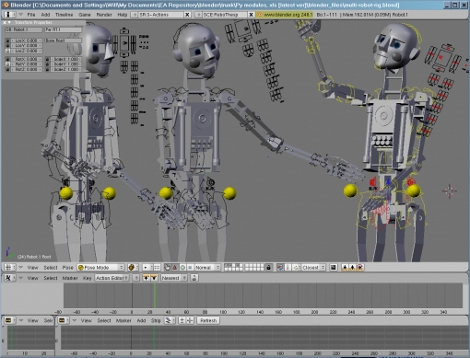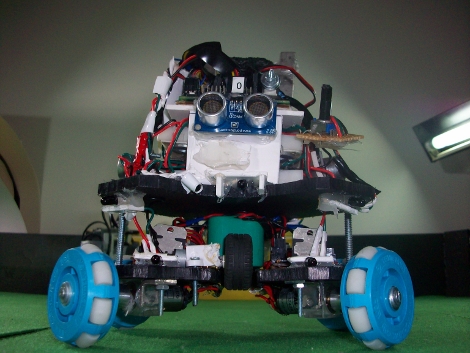[youtube=http://www.youtube.com/watch?v=bKRH6uQwOgg]
Meet GåågleBot. GåågleBot is a modified roomba that will not only vacuum your home, but collect data while it does it. While it is carrying out its normal duties as a floor cleaner, it will take pictures, collecting and analyzing all the data for later searches. With built in OCR, you can actually search for things using text strings.
Aside from just carrying out its normal job, you can also remote control it via the web. You can even control theirs!
[via Boing Boing]













